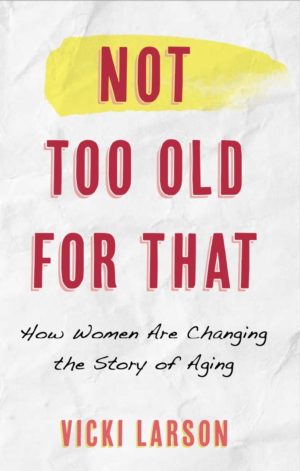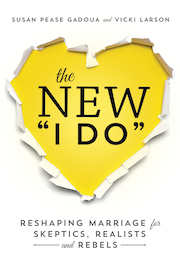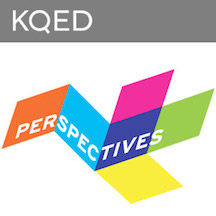I feel bad for poor Jennifer Aniston. She gets engaged — finally!!!! — almost three years ago, August 2011, and now people are wondering, well? When is she finally going to get on with her life and tie the knot with fiance Justin Theroux? What’s holding them back?
Which has made some people feel compelled to remind everyone that Theroux may not know how to commit; after all, didn’t he live with former girlfriend, stylist Heidi Bivens, for 14 years without saying, “I do”? What’s wrong with him? 
Maybe nothing.
Maybe there are many ways to be committed, and we experience them through various relationships we have at certain times in our life. Those are the findings of a study that looks at women’s experiences in intimate attachments. What the researcher finds is that there are push and pull factors that determine commitment. Push factors are from the couple themselves, the desire to be together. Pull factors are the pressures couples feel from parents, friends and society in general to not only be in a long-term stable partnership, but also that they should stay together, which can become internalized and thus reinforce their own expectations about the relationship and whether it lasts or not (although there always seems to be an asterisk to commitment if someone cheats).
Although the young women in her study still see marriage as the ideal, they believe that commitment can come without a marriage license, a notion I discussed not too long ago for couples that choose to live together but not wed. While a romantic relationship may end, that doesn’t mean there was no commitment while it lasted. Unfortunately, society does not see things that way:
Policy formulation that sees marriage as the only good relationship format for commitment seems, therefore, to be rather short-sighted and ill-informed when other relationship forms, such as cohabitation or living apart together, can involve equal if not more commitment. … Individuals may now experience more committed relationships than it was possible to in the past, but this does not mean that there is less commitment or that it is impermanent — if anything, there is more commitment in more relationships and the commitment that is being experienced is taking on a different form.
What if societal views and policy recognized that? What would it mean for people like Aniston and Theroux, who are in a committed relationship but unmarried? It would mean that the pressure to marry would be lifted, and people would see their commitment to each other as no less than the commitment of a married couple — which they may or may not be one day — and maybe more: they would recognize couples stay together not because they have to because they are legally and financially entangled and because they made vows (which, of course, get broken all the time), but because they choose to stay together.
What would that mean for people like Kate Bolick, whose new book Spinster: Making a Life of One’s Own — presumably a celebration of unmarried women by choice — has been the subject of much debate? It means a book reviewer would not shame her for having “a nearly seamless string of long-term, serious relationships with men. One wonders how well she understands living a life truly alone.”
Excuse me, but that is exactly how you can live life alone, whether you’re a man or a woman, if you choose it (and let’s not forget that according to the Pew, 4 out of 10 newlyweds in 2013 had been married before, sometimes twice; do these multiple marriers understand how to be” truly” married?). It means that there are many ways in which to enjoy a rich and full life, that you can have your needs met in numerous ways with various people over a lifetime. What’s wrong with that?

















It’s not the longevity, it’s the quality. A short, hot, fling as a marriage is much preferred to a life of neglectful obligatory drudgery.